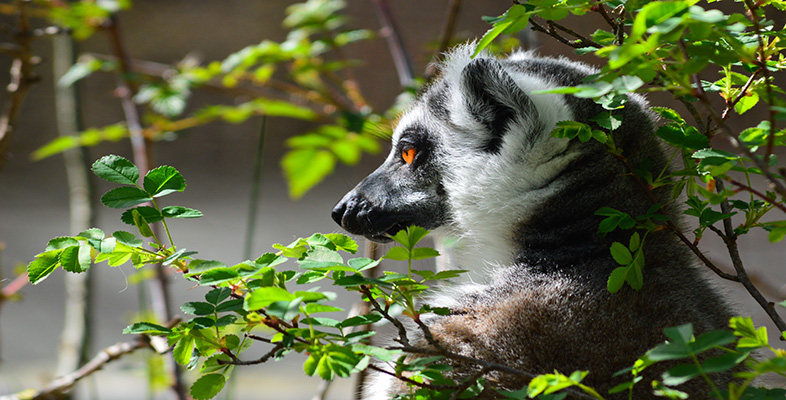2 Problems of life in the trees
2.1 The consequences of living in the trees
This course contains a lot of detailed information about particular tree-dwelling mammals. You will need to take care not to get too absorbed in the fine details but to ensure that you take away the important overall messages. Those are, of course, listed as the learning outcomes at the beginning of the course. Look now at the first one of those and bear it in mind while you are reading Section 2. You might find it useful to highlight or to make a list of the 'common features' as you come across them. Adopt the same technique with the remaining learning outcomes as you work through the rest of the course.
In this section, I'll be looking more deeply at some of the implications and consequences for mammals of living in trees, which will involve looking at the lifestyles of a range of examples. A good deal of what I say is descriptive 'natural history', much in the style that David Attenborough (DA) adopts in LoM, relating the lifestyles of tree dwellers to the environment in which they live. What we know of these animals reflects what is possible to observe in field studies, rather than from carrying out extensive investigation in the laboratory. Tree dwellers are elusive and cryptic animals, qualities that reveal how well adapted most of them are to tree dwelling and indicate how difficult the process of studying them under laboratory conditions has proved.
Question 1
Think about the 'hungry inquisitive animal' that DA opens Chapter 8 with [p. 213]. What problems are likely to be faced over time by such a mammal beginning to adopt a full-time tree-dwelling existence?
Answer
Moving effectively around trees requires agility and a good sense of balance. Dense foliage itself could also create problems of communication between individuals; reliance on vision may not prove an entirely workable strategy. Potential predators also pose a threat. Processing the most widely available food (leaves and fruit) may be far from straightforward.
How have tree dwellers dealt with such problems? Looking at a few examples of arboreal species in greater detail will provide some clues.
